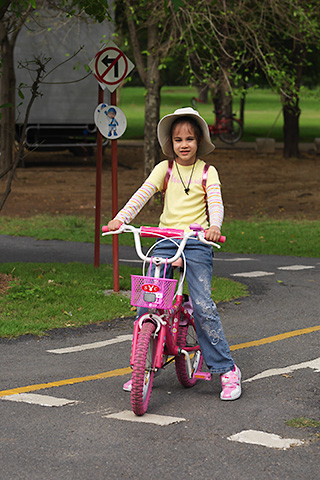Well, I'm lying in bed with the old iBook trying to avoid going out into the rain. It's getting to be winter here and I've forgotten how horrible things will get, and in a hurry! I've been killing time surfing the net looking at all the MF digi options out there, as well as pro scanners like the Flextight series. To be honest, I'm totally dreaming. The money involved in buying a MF digi system or scanner of that quality is totally crazy for me at the moment. I'd have to be selling a heck of a lot more prints - ie, I'd have to be Alec Soth. But it's possible I could justify something soon.
Anyway, I got to looking at the Blad site and reading up about the CFV II back. A quick price check at B&H tells me that it can be bought for $10000, which is a lot of money in anyones book, I'm sure. The thing that I like about it is that it has a square sensor. But the crop factor, combined with what is now days a very average 16mp, seems to suggest this is a silly entry point product. I'm thinking about how Mamiya are now selling the DL28 package for $15000, which is a bigger sensor, camera and lens package and a lovely new Leaf 65s back.
Now, I'm a total sucker for the V system, but like others here I'm pretty much convinced it's dead to Hasselblad in terms of future development. But what do you experts and actual users of the CFVII think? If, right now you wanted to buy into a "modest" MF system - meaning entry level back and possible new body and basic lens set at a fair (for MF) price - what are the best products on offer? Maybe the CVFII really does hold its own, I don't know. I've never used one.
How old is the CFVII anyway? Is it good enough to replace my film systems and do you think it'd be better to explore the H system or Phase / Leaf back options. I'm into documentary work, environmental portraiture and street photography - usually with a Leica or Mamiya 7ii. I prefer the Mamiya 7ii and 6x7 format. I've worked quite a bit with a 503CM of late and very much like the process as it slows me down and forces me to think. I love looking at work by people like Alec Soth, Pieter Hugo, Joel Sternfield, Allesandra Sanguietti - all of which use film, either MF or LF. Would investing in a Flextight scanner be a silly idea, considering we're entering into a digi age and the same money could basically get me a digi system with an upgrade path?
All responses appreciated.
Tim
Anyway, I got to looking at the Blad site and reading up about the CFV II back. A quick price check at B&H tells me that it can be bought for $10000, which is a lot of money in anyones book, I'm sure. The thing that I like about it is that it has a square sensor. But the crop factor, combined with what is now days a very average 16mp, seems to suggest this is a silly entry point product. I'm thinking about how Mamiya are now selling the DL28 package for $15000, which is a bigger sensor, camera and lens package and a lovely new Leaf 65s back.
Now, I'm a total sucker for the V system, but like others here I'm pretty much convinced it's dead to Hasselblad in terms of future development. But what do you experts and actual users of the CFVII think? If, right now you wanted to buy into a "modest" MF system - meaning entry level back and possible new body and basic lens set at a fair (for MF) price - what are the best products on offer? Maybe the CVFII really does hold its own, I don't know. I've never used one.
How old is the CFVII anyway? Is it good enough to replace my film systems and do you think it'd be better to explore the H system or Phase / Leaf back options. I'm into documentary work, environmental portraiture and street photography - usually with a Leica or Mamiya 7ii. I prefer the Mamiya 7ii and 6x7 format. I've worked quite a bit with a 503CM of late and very much like the process as it slows me down and forces me to think. I love looking at work by people like Alec Soth, Pieter Hugo, Joel Sternfield, Allesandra Sanguietti - all of which use film, either MF or LF. Would investing in a Flextight scanner be a silly idea, considering we're entering into a digi age and the same money could basically get me a digi system with an upgrade path?
All responses appreciated.
Tim

